The Environmental Impact of Pet Waste
When we think about our furry friends, we often focus on the joy they bring into our lives. However, have you ever stopped to consider the environmental impact of their waste? It's a topic that doesn't get nearly enough attention, yet it plays a crucial role in the health of our planet. Pet waste, particularly from dogs and cats, can have significant repercussions on our environment, affecting everything from water quality to soil health. By understanding these impacts, pet owners can make informed choices that not only benefit their pets but also protect the ecosystem.
Now, let's dive deeper into the various ways pet waste affects the environment. It's not just about keeping our yards clean; it's about preventing pollution and safeguarding public health. When pet waste is left untreated, it can lead to serious contamination issues, especially in urban areas where many pets reside. Imagine a beautiful park where children play and families gather, only to be tainted by the remnants of pet waste that can seep into the ground and waterways. This is a reality that many communities face, making responsible disposal methods more important than ever.
To put things into perspective, consider the following statistics: According to the Environmental Protection Agency (EPA), a single medium-sized dog can produce about 274 pounds of waste each year. That’s a staggering amount when you multiply it by the number of dogs in any given area. If pet owners do not dispose of this waste properly, it can accumulate and lead to significant environmental degradation. This is why understanding the full scope of pet waste pollution is crucial for every pet owner.
In summary, the environmental impact of pet waste is a pressing issue that requires our attention. By taking the time to learn about the consequences and adopting responsible waste management practices, we can contribute to a cleaner, healthier environment for all. So, let's explore the various facets of this issue, starting with how pet waste pollution manifests in our communities.
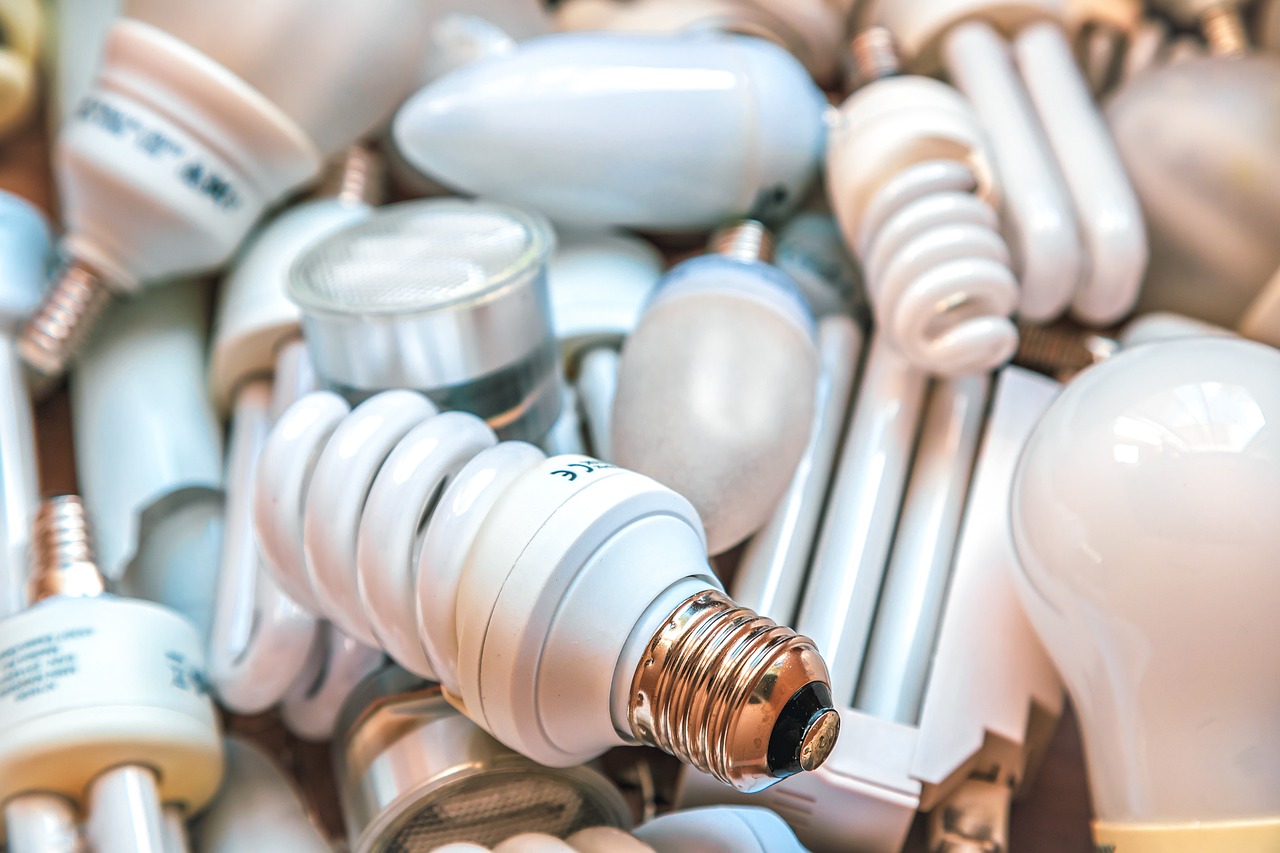
Understanding Pet Waste Pollution
When you think about pollution, images of smokestacks and plastic bottles might come to mind. However, one often overlooked contributor to environmental degradation is pet waste. Yes, that’s right! Our furry friends can have a significant impact on the environment, especially in urban areas where the concentration of pets is high. Untreated pet waste can lead to serious pollution problems, contaminating water sources and harming local ecosystems.
Imagine this: each year, millions of tons of pet waste is produced. In fact, according to a study by the American Pet Products Association, there are over 89 million dogs in the United States alone. If each dog produces an average of 0.75 pounds of waste per day, that adds up to a staggering amount of waste that needs to be managed. Unfortunately, many pet owners neglect proper disposal methods, leading to a variety of environmental issues.
One of the primary ways pet waste contributes to pollution is through runoff. When it rains, pet waste that is left on the ground can wash into storm drains, which often lead directly to rivers, lakes, and oceans without any treatment. This runoff introduces harmful bacteria and nutrients into our water systems. For example, the Environmental Protection Agency (EPA) estimates that pet waste is responsible for as much as 20% of the bacteria pollution in urban waterways. This is not just a statistic; it has real consequences for aquatic life and the quality of drinking water.
Furthermore, the presence of excess nutrients, particularly nitrogen and phosphorus from pet waste, can lead to eutrophication. This process causes algal blooms that deplete oxygen in the water and create dead zones where aquatic life cannot survive. The ripple effects of such pollution can devastate local ecosystems, leading to a decline in fish populations and other wildlife. It’s a chain reaction that starts with a simple act of neglecting to pick up after our pets.
Moreover, pet waste can also introduce harmful pathogens into the environment. These pathogens can survive in the soil and water, posing risks not just to wildlife but also to human health. In urban settings, where people often come into contact with contaminated soil or water, the risks are even greater. For instance, bacteria like E. coli and Salmonella can thrive in pet waste, posing serious health risks if they enter the food chain or are ingested through water sources.
So, what can we do about this? The first step is awareness. Understanding the impact of pet waste pollution is crucial for pet owners. By taking responsibility for our pets’ waste, we can prevent the pollution of our precious water sources and protect local ecosystems. Here are some effective methods for proper disposal:
- Always pick up after your pet immediately.
- Use biodegradable bags for disposal.
- Consider composting pet waste in a designated area, away from gardens and water sources.
- Educate others about the importance of responsible pet waste management.
In conclusion, pet waste pollution is a significant environmental issue that requires immediate attention. By understanding how pet waste affects our ecosystems and taking proactive steps, we can ensure a cleaner, healthier environment for all living beings. It’s time to treat pet waste not just as a nuisance but as a serious environmental concern that requires responsible action from every pet owner.
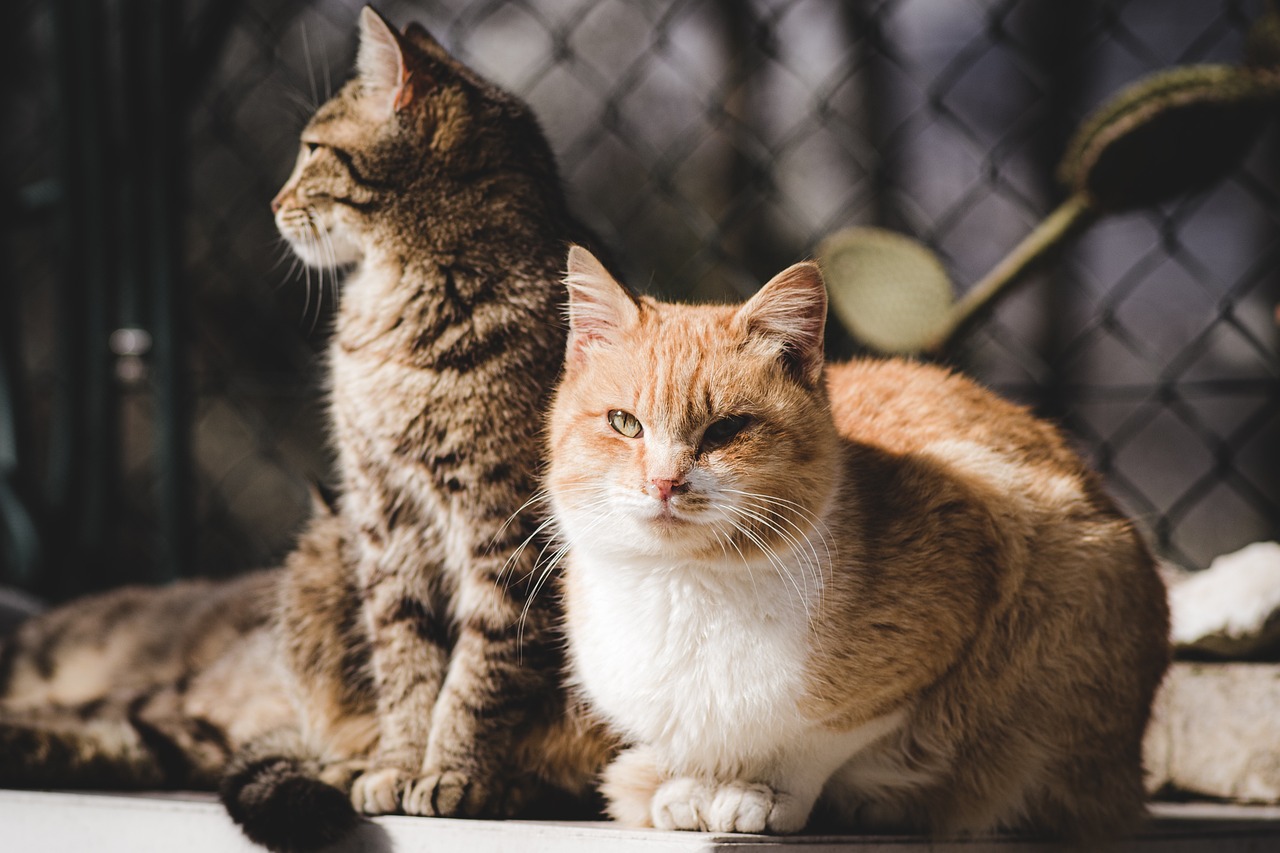
Health Risks Associated with Pet Waste
When it comes to our beloved furry companions, we often think about their happiness and health, but have you ever considered the health risks associated with their waste? Pet waste is not just a nuisance; it can be a breeding ground for a variety of harmful pathogens that pose serious threats to both humans and wildlife. The reality is that pet waste can harbor bacteria, viruses, and parasites that can lead to a range of diseases. Understanding these risks is crucial for responsible pet ownership and community health.
One of the main culprits lurking in pet waste is Escherichia coli, commonly known as E. coli. This bacterium can cause severe gastrointestinal issues in humans, leading to symptoms such as diarrhea, abdominal pain, and even kidney failure in serious cases. Another notorious pathogen is Giardia, a parasite that can cause giardiasis, characterized by stomach cramps, bloating, and diarrhea. The risk increases significantly in areas where pet waste is not properly disposed of, as these pathogens can easily spread through contaminated soil and water.
It's alarming to think about the variety of pathogens that can be found in pet waste. Here are some of the most common:
- Roundworms: These parasites can be transmitted to humans, especially children, leading to serious health issues.
- Hookworms: Known for causing anemia and other health problems, hookworms can penetrate human skin, making them particularly dangerous.
- Salmonella: This bacterium can cause food poisoning and is often associated with handling contaminated pet waste.
These pathogens are not just theoretical risks; they have tangible impacts on our health. In areas where pet waste is prevalent, the likelihood of contracting these diseases rises significantly. It’s essential to recognize that pet waste is not just a personal responsibility but a public health issue. The proper disposal of pet waste can help mitigate these risks and contribute to a healthier community.
One of the most significant ways pet waste affects health is through its impact on water quality. When pet waste is left untreated, it can wash into nearby streams and rivers during rainstorms, leading to pollution that can affect drinking water sources. This runoff can introduce harmful bacteria and pathogens into aquatic ecosystems, threatening not only human health but also the health of wildlife. Imagine a family enjoying a day by the lake, unaware that the water is contaminated due to untreated pet waste. This scenario is all too common, and it highlights the urgent need for responsible waste management.
The accumulation of pet waste in soil can also have detrimental effects on soil health. As pet waste decomposes, it can release excess nutrients such as nitrogen and phosphorus into the soil. While these nutrients are essential for plant growth, too much of them can lead to nutrient imbalances, harming local flora and potentially leading to issues like algal blooms in nearby water bodies. This not only affects plant health but can also disrupt entire ecosystems. Responsible pet owners should be aware of how their pet's waste can impact the environment and take steps to manage it effectively.
In conclusion, the health risks associated with pet waste are significant and multifaceted. From the pathogens that can spread diseases to the impact on water and soil quality, it’s clear that responsible pet ownership goes beyond just caring for your pet. It involves understanding the broader implications of pet waste and taking action to minimize those risks. By adopting proper disposal practices, we can protect not only our health but also the health of our communities and the environment.
Q: What should I do with my pet's waste?
A: Always pick up after your pet and dispose of waste in a sealed bag in the trash. You can also look for local pet waste disposal stations.
Q: Can pet waste affect my garden?
A: Yes, pet waste can introduce harmful pathogens into your garden soil, which can affect plant growth and pose health risks if consumed.
Q: Is there a safe way to compost pet waste?
A: While some composting methods are safe, it's crucial to follow specific guidelines to ensure that pathogens are destroyed. It's often recommended to avoid composting pet waste altogether.
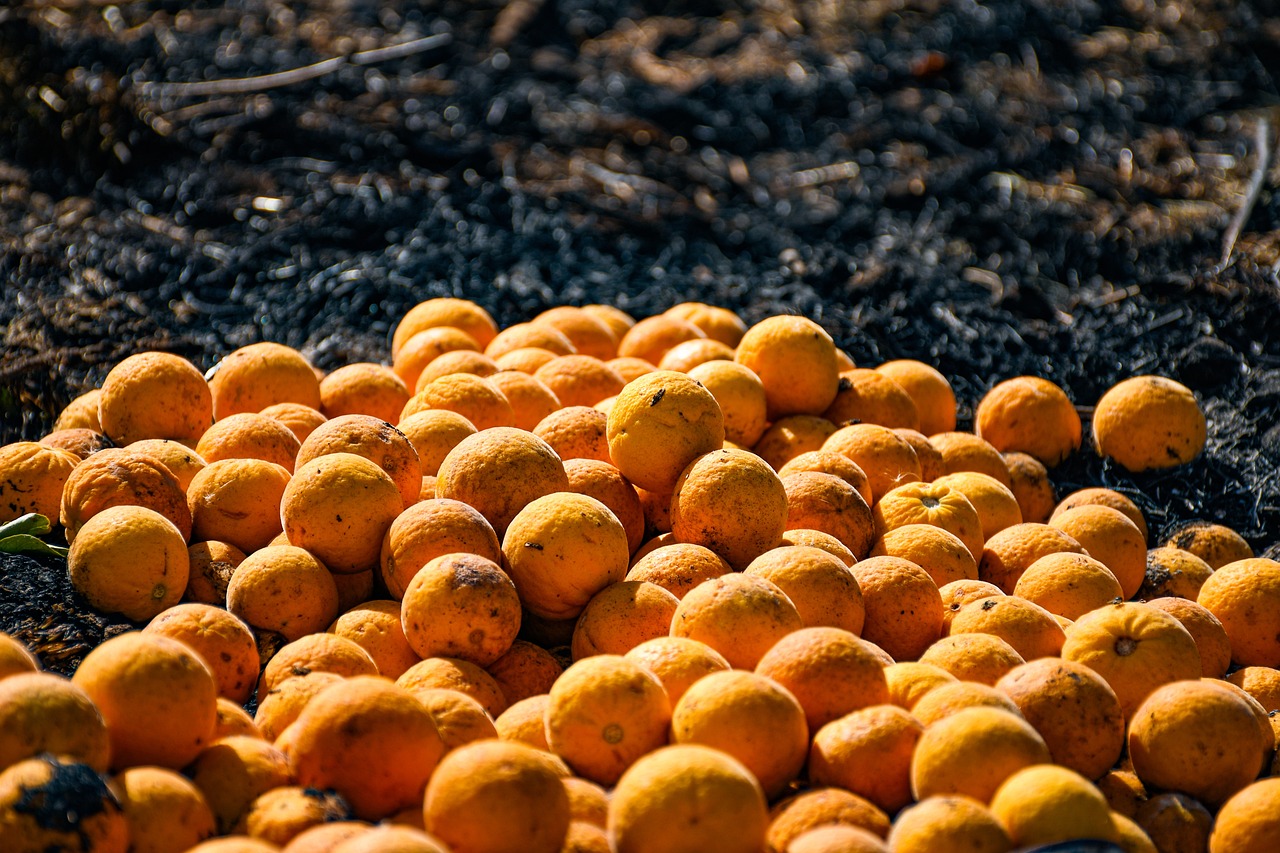
Pathogens Found in Pet Waste
When we think about our beloved pets, it's easy to overlook the not-so-pleasant aspects of pet ownership, especially when it comes to their waste. However, pet waste is a hotbed for various pathogens that can pose serious health risks to both humans and wildlife. It's crucial to understand what these pathogens are and how they can affect our health and the environment. For instance, pet waste can contain a variety of bacteria and parasites that thrive in the digestive systems of animals. Some of the most common pathogens found in pet waste include:
- Escherichia coli (E. coli): This bacterium can cause severe gastrointestinal distress in humans and is often linked to contaminated water sources.
- Salmonella: Known for causing food poisoning, Salmonella can also be transmitted through contact with contaminated pet waste.
- Giardia: This parasite can lead to gastrointestinal infections in both pets and humans, often resulting in diarrhea and abdominal pain.
- Toxocara canis: Commonly found in dog feces, this roundworm can cause serious health issues, especially in children, as it can lead to a condition known as toxocariasis.
Each of these pathogens has the potential to wreak havoc on our health, often going unnoticed until symptoms arise. The presence of these harmful organisms in pet waste highlights the importance of responsible waste management. Not only does improper disposal of pet waste lead to environmental contamination, but it also creates a public health hazard. For example, when pet waste is left on the ground, rain can wash these pathogens into storm drains, rivers, and lakes, further spreading the risk of infection.
Moreover, the impact of these pathogens extends beyond just the immediate area where the waste is deposited. They can disrupt local ecosystems, affecting not only pets and humans but also wildlife that may come into contact with contaminated soil or water. Understanding these risks is the first step in promoting better hygiene practices among pet owners, which can significantly reduce the chances of disease transmission.
In conclusion, being aware of the pathogens found in pet waste is essential for maintaining a healthy environment and protecting public health. By adopting responsible pet waste disposal practices, we can minimize the risks associated with these harmful organisms. So, next time you take your furry friend for a walk, remember that a little extra effort can go a long way in keeping our communities safe and clean.
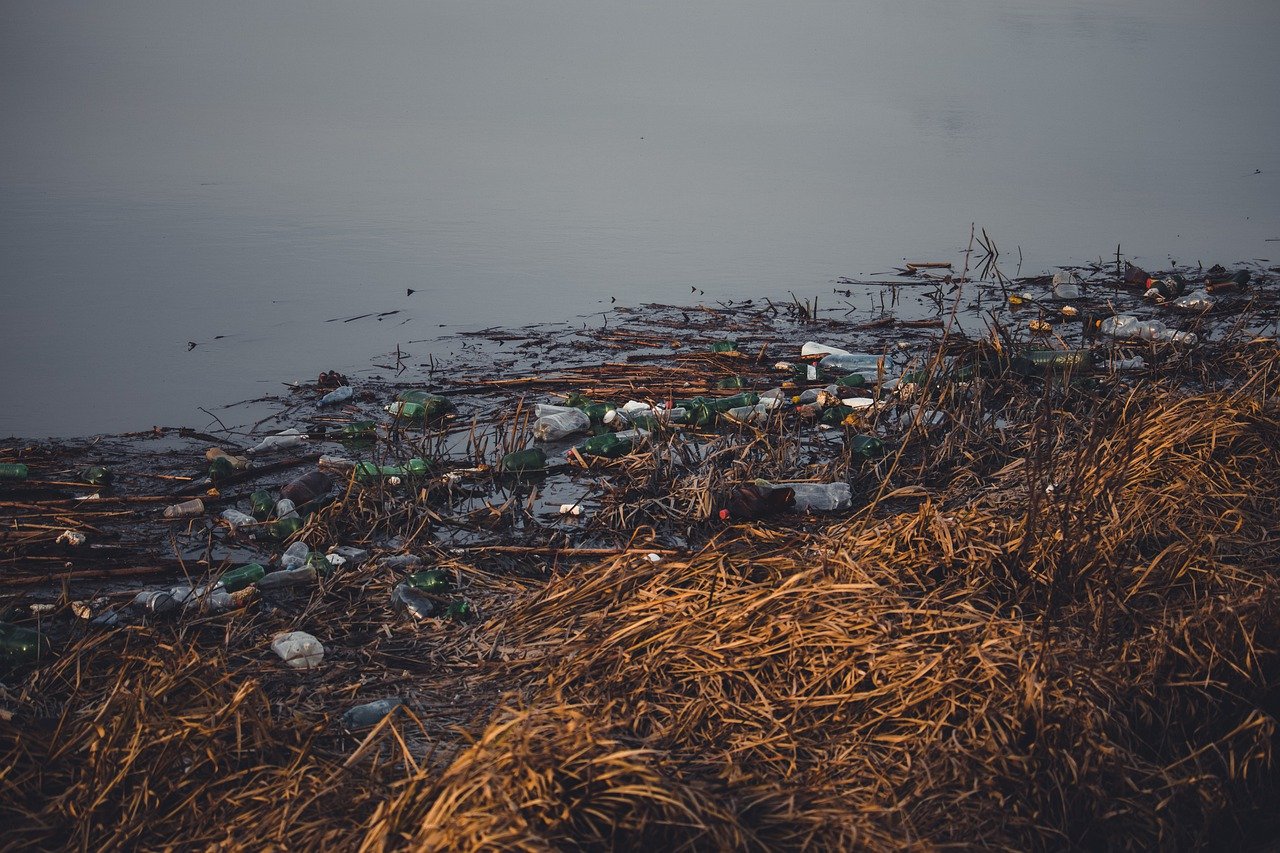
Impact on Water Quality
When we think about the impact of pet waste, water quality often doesn’t come to mind immediately. However, it's a pressing issue that can have serious repercussions for our environment. Pet waste, when left untreated, can wash into storm drains during rainstorms, which then leads directly to local waterways. This runoff is not just a minor inconvenience; it can lead to significant contamination of rivers, lakes, and streams. Imagine enjoying a sunny day at the beach, only to find out that the water is unsafe due to pet waste runoff. Not a pleasant thought, right?
The primary concern here is that pet waste contains high levels of nutrients, particularly nitrogen and phosphorus. When these nutrients enter the water, they can cause eutrophication, a process that leads to excessive growth of algae. This algal bloom can deplete oxygen levels in the water, creating "dead zones" where aquatic life cannot survive. Fish and other organisms struggle to breathe, leading to a decline in biodiversity and disrupting the entire ecosystem.
Moreover, pet waste can introduce harmful pathogens into the water. These pathogens, which can include bacteria like E. coli and parasites like Giardia, pose serious health risks to both humans and wildlife. Swimming in contaminated waters or consuming fish from polluted sources can lead to gastrointestinal illnesses and other health issues. It’s a ripple effect that starts with one irresponsible act of leaving pet waste on the ground.
To illustrate the impact of pet waste on water quality, consider the following table:
| Contaminants | Source | Effects on Water Quality |
|---|---|---|
| Nitrogen | Pet Waste | Promotes algal blooms, depletes oxygen |
| Phosphorus | Pet Waste | Leads to eutrophication |
| E. coli | Pet Waste | Causes waterborne illnesses in humans |
| Giardia | Pet Waste | Infects both humans and animals |
In summary, the impact of pet waste on water quality is profound and multifaceted. It’s not just about keeping our parks clean; it’s about protecting our water sources and the life that depends on them. As responsible pet owners, we must recognize our role in this issue. By properly disposing of pet waste, we can help maintain the integrity of our waterways and ensure a healthier environment for all.
- What should I do with my pet's waste? Always pick up after your pet and dispose of the waste in designated trash bins or composting systems that accept pet waste.
- Can pet waste be composted? Yes, but only in specific composting systems designed for pet waste, as it requires higher temperatures to kill pathogens.
- How can I encourage my community to manage pet waste better? Participate in or organize community clean-up events and advocate for public awareness campaigns about the importance of responsible pet waste disposal.
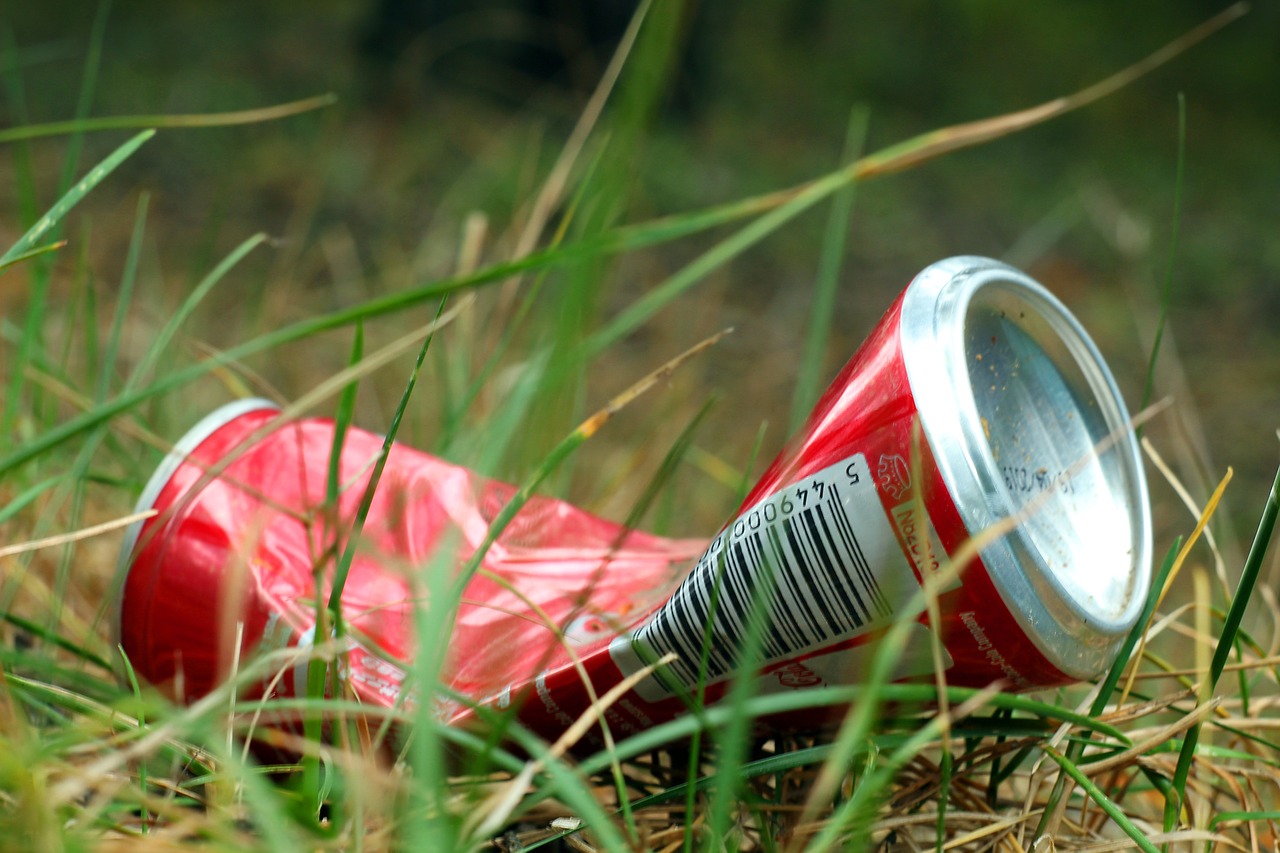
Effects on Soil Health
The accumulation of pet waste in soil is more than just an unsightly nuisance; it can have profound effects on the health of our soil ecosystems. When pet waste is left untreated, it introduces a cocktail of nutrients, pathogens, and toxins into the ground, disrupting the delicate balance that supports plant life and soil organisms. Imagine your garden as a finely-tuned orchestra, where each instrument plays a critical role in creating harmony. Now, picture a few off-key notes—this is what pet waste does to soil health.
Firstly, pet waste is rich in nitrogen and phosphorus, essential nutrients for plant growth. However, in excessive amounts, these can lead to nutrient imbalances. This phenomenon, often referred to as nutrient runoff, can cause a range of issues, including:
- Over-fertilization: Too much nitrogen can lead to rapid plant growth, which may sound good in theory, but it often results in weaker plants that are more susceptible to diseases.
- Soil Acidification: The breakdown of pet waste can lead to increased acidity in the soil, making it harder for some plants to thrive.
- Decreased Biodiversity: Excess nutrients can favor certain plant species over others, leading to a decline in biodiversity, which is crucial for a healthy ecosystem.
Moreover, pet waste can introduce harmful pathogens into the soil. These pathogens can persist in the ground for extended periods, posing risks not just to plants but also to wildlife and humans. For instance, bacteria like Escherichia coli and parasites such as roundworms can linger in the soil, creating a breeding ground for diseases. This is particularly concerning in areas where children play or where food is grown.
Furthermore, pet waste can also impact soil structure. The organic matter in waste may initially seem beneficial, but as it decomposes, it can lead to soil compaction, reducing aeration and water infiltration. This compaction can stifle root growth and limit the soil's ability to retain moisture, making it harder for plants to access the water they need to survive.
In summary, the effects of pet waste on soil health are multifaceted and far-reaching. From nutrient imbalances to the introduction of pathogens and soil compaction, the consequences are significant. As responsible pet owners, it is essential to recognize these impacts and take action to mitigate them. By properly disposing of pet waste, we can help ensure that our soil remains healthy and vibrant, supporting not only our gardens but also the broader ecosystem.
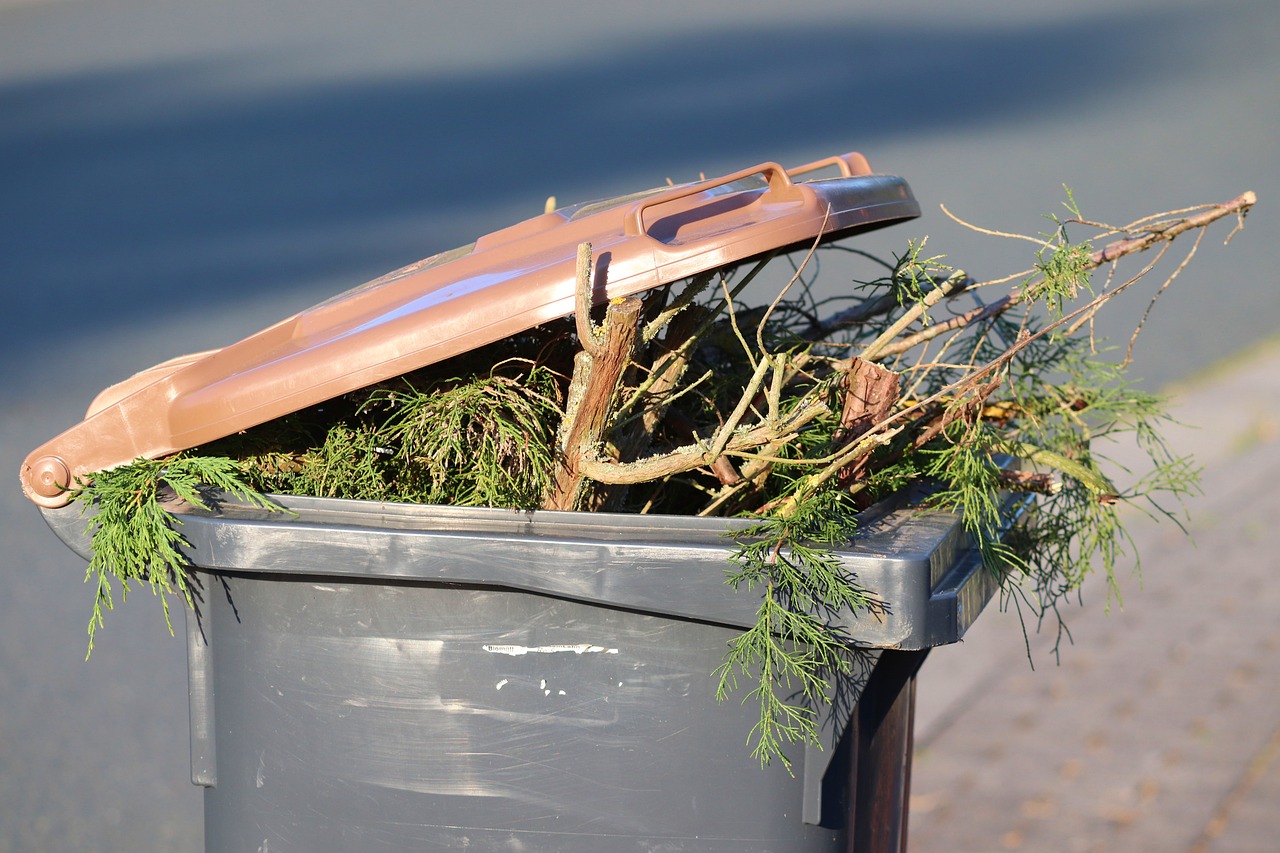
Preventive Measures for Pet Owners
As a responsible pet owner, you hold the key to minimizing the environmental impact of pet waste. It's not just about cleaning up after your furry friend; it's about adopting a holistic approach to waste management. One of the simplest yet most effective measures is to always carry waste bags during walks. This ensures that you're prepared to pick up after your pet, no matter where nature calls. But it doesn’t stop there! Proper disposal is crucial. Instead of tossing the waste in a regular trash bin, consider using biodegradable bags. These bags break down more naturally, reducing the impact on landfills.
Additionally, consider composting pet waste. Yes, you heard that right! While it may sound a bit unconventional, composting can be an eco-friendly solution if done correctly. However, it’s essential to ensure that the compost is kept separate from your vegetable garden, as some pathogens may still linger. If you're unsure about composting, check with local guidelines to see if there are specific programs in your area. Many communities offer pet waste composting services that can help you dispose of waste responsibly.
Furthermore, regular veterinary check-ups are vital. Keeping your pet healthy not only reduces the amount of waste produced but also minimizes the risk of pathogens being present in that waste. A healthy pet produces healthier waste, which is less likely to contain harmful bacteria or parasites. Make sure your pet is up-to-date on vaccinations and deworming, as this can significantly lower health risks associated with pet waste.
Education is another powerful tool in the hands of pet owners. By understanding the environmental impact of pet waste, you can make more informed choices. For instance, did you know that pet waste can contribute to the nutrient overload in local water bodies, leading to algal blooms? This not only affects aquatic life but also disrupts the entire ecosystem. Therefore, it’s crucial to stay informed about the broader consequences of pet waste and share this knowledge with fellow pet owners.
Lastly, consider advocating for pet waste stations in your community. These stations, equipped with waste bags and disposal bins, can encourage fellow pet owners to clean up after their pets. Not only does this promote responsible pet ownership, but it also fosters a sense of community responsibility. By working together, we can create cleaner, healthier environments for everyone—two-legged and four-legged alike!
- What should I do if I can't find a waste disposal bin? Always carry a spare bag and take the waste home with you for proper disposal.
- Can I flush pet waste down the toilet? It's generally not recommended, as it can cause plumbing issues and may not break down properly in wastewater treatment systems.
- Are there eco-friendly waste bags available? Yes, many brands offer biodegradable or compostable bags that are better for the environment.
- How often should I take my pet for a vet check-up? Regular check-ups are recommended at least once a year, but consult your vet for a schedule that suits your pet's needs.
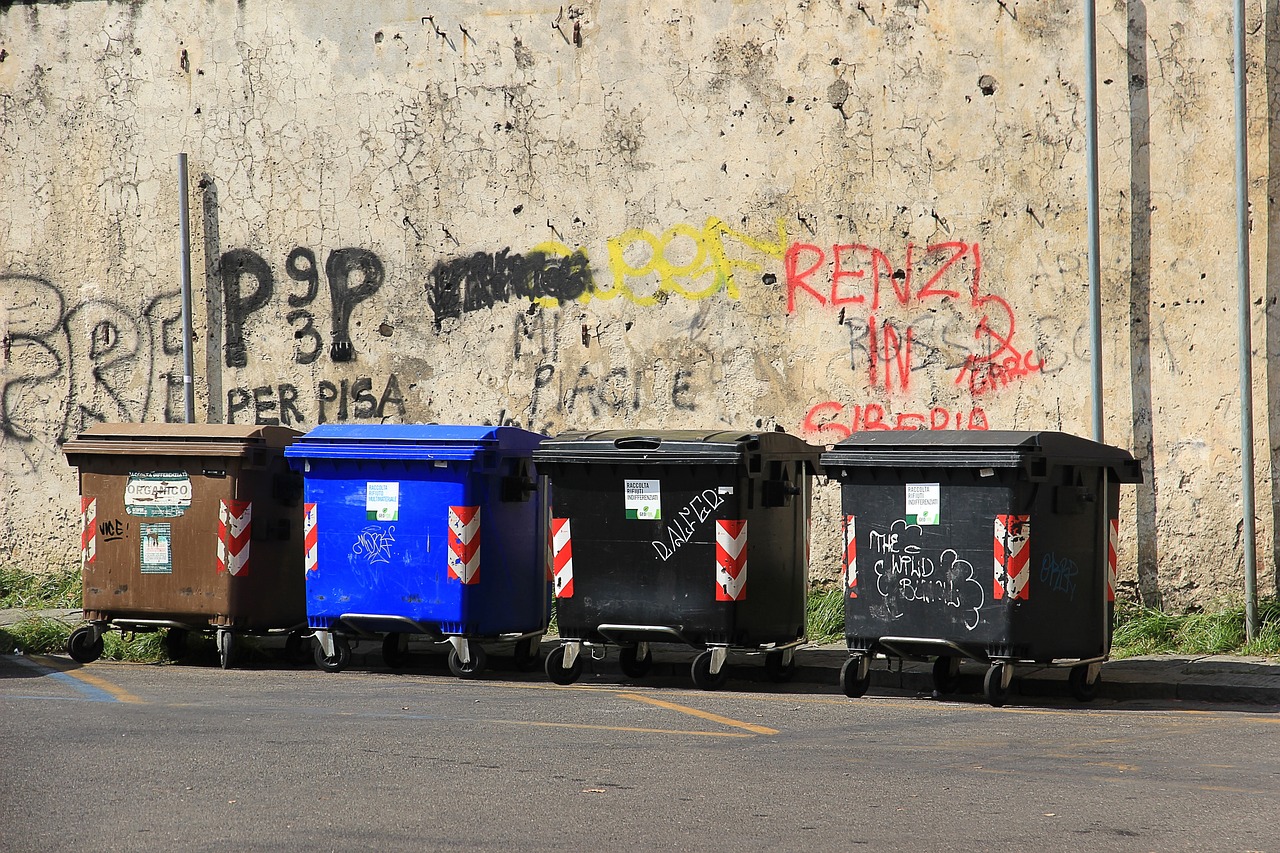
Community Initiatives for Waste Management
Communities across the globe are stepping up to tackle the pressing issue of pet waste management. It's no secret that responsible pet ownership extends beyond just taking care of our furry friends; it also involves being accountable for the waste they produce. Various initiatives are being launched to educate pet owners and promote sustainable waste disposal practices. These initiatives not only aim to reduce the environmental impact of pet waste but also foster a sense of community responsibility. By working together, neighborhoods can create cleaner, healthier environments for both pets and people.
One of the most effective ways to combat pet waste pollution is through public awareness campaigns. These campaigns often utilize social media, local events, and educational workshops to inform pet owners about the consequences of neglecting pet waste disposal. For example, a campaign might highlight how pet waste can contaminate local water sources, which can have dire consequences for both human health and wildlife. Engaging visuals, catchy slogans, and informative flyers can make a significant impact, encouraging pet owners to take action.
In addition to awareness campaigns, many communities are implementing dog waste stations in public parks and recreational areas. These stations provide pet owners with easy access to waste bags and disposal bins, making it more convenient to clean up after their pets. The presence of these stations serves as a constant reminder of the importance of responsible pet ownership. Furthermore, some communities have even adopted a “pooper-scooper” ordinance, which mandates that pet owners clean up after their pets in public spaces. This legislation not only promotes cleanliness but also fosters a sense of accountability among pet owners.
Moreover, local governments can play a pivotal role in managing pet waste through legislation and regulations. Some municipalities have introduced fines for pet owners who fail to clean up after their pets, creating a financial incentive to comply with waste management practices. This approach has proven effective in many areas, as it encourages pet owners to take their responsibilities seriously. In addition, local authorities can collaborate with veterinarians and pet supply stores to distribute educational materials that highlight the importance of proper waste disposal.
Another innovative solution is the establishment of community clean-up events, where residents come together to clean up local parks and neighborhoods. These events not only help reduce pet waste but also strengthen community bonds. Participants often share tips and best practices for pet waste management, fostering a culture of responsibility and care. Additionally, these gatherings can be a great way to meet fellow pet owners and share experiences, creating a supportive network.
In summary, community initiatives for waste management are essential in addressing the environmental challenges posed by pet waste. Through public awareness campaigns, accessible waste disposal options, legislative measures, and community engagement, neighborhoods can make significant strides in promoting responsible pet ownership. By working together, we can create a cleaner, healthier environment for our pets and ourselves.
- What are the main environmental impacts of pet waste? Pet waste can contaminate water sources, harm local ecosystems, and lead to soil nutrient imbalances.
- How can I properly dispose of my pet's waste? Always use biodegradable waste bags and dispose of them in designated bins. Consider composting if your local regulations allow it.
- Are there any community programs for pet waste management? Yes, many communities have initiatives such as public awareness campaigns, dog waste stations, and clean-up events.
- What should I do if I see someone not cleaning up after their pet? Politely remind them of the importance of responsible pet ownership or report it to local authorities if necessary.

Public Awareness Campaigns
When it comes to tackling the environmental challenges posed by pet waste, are absolutely essential. These campaigns serve as a bridge between knowledge and action, helping pet owners understand the importance of responsible waste disposal. Imagine a community where every dog owner is not only aware of the consequences of leaving pet waste behind but is also actively participating in solutions. That’s the power of effective communication!
One of the most impactful ways to engage the public is through educational campaigns that highlight the environmental dangers of pet waste. By utilizing various platforms—including social media, local events, and community newsletters—campaigns can spread the message far and wide. For instance, a campaign might include:
- Informative Workshops: These sessions can educate pet owners about the health risks associated with pet waste and demonstrate proper disposal methods.
- Visual Campaigns: Eye-catching posters and infographics can be placed in parks and vet clinics, reminding pet owners of their responsibilities.
- Social Media Challenges: Engaging the community through fun challenges encourages pet owners to share their responsible waste disposal practices online.
Additionally, collaborating with local businesses and organizations can amplify the reach of these campaigns. For example, pet supply stores can provide discounts on waste disposal bags for customers who participate in community clean-up events. This not only incentivizes responsible behavior but also fosters a sense of community among pet owners.
Moreover, testimonials from local residents can be a powerful tool in these campaigns. When people hear success stories from their neighbors about the positive impact of proper pet waste management, it can inspire them to take action as well. Community leaders can also play a pivotal role by endorsing these initiatives, creating a ripple effect that encourages more individuals to get involved.
It's also essential to measure the effectiveness of public awareness campaigns. Surveys and feedback forms can help gauge changes in community attitudes and behaviors regarding pet waste disposal. By analyzing this data, organizers can refine their strategies and ensure that their efforts yield tangible results.
In conclusion, public awareness campaigns are not just about spreading information; they are about creating a culture of responsibility among pet owners. When individuals recognize the impact of their actions on the environment, they are more likely to embrace sustainable practices. The journey toward a cleaner, healthier community begins with awareness, and it’s up to each of us to play our part.
Q: What are some effective ways to educate pet owners about waste disposal?
A: Effective methods include hosting workshops, distributing educational materials, and utilizing social media to raise awareness.
Q: How can local businesses contribute to public awareness campaigns?
A: Local businesses can sponsor events, provide resources, and offer incentives to customers who practice responsible waste disposal.
Q: Why is it important to measure the success of awareness campaigns?
A: Measuring success helps organizers understand the impact of their efforts and make necessary adjustments to improve future campaigns.
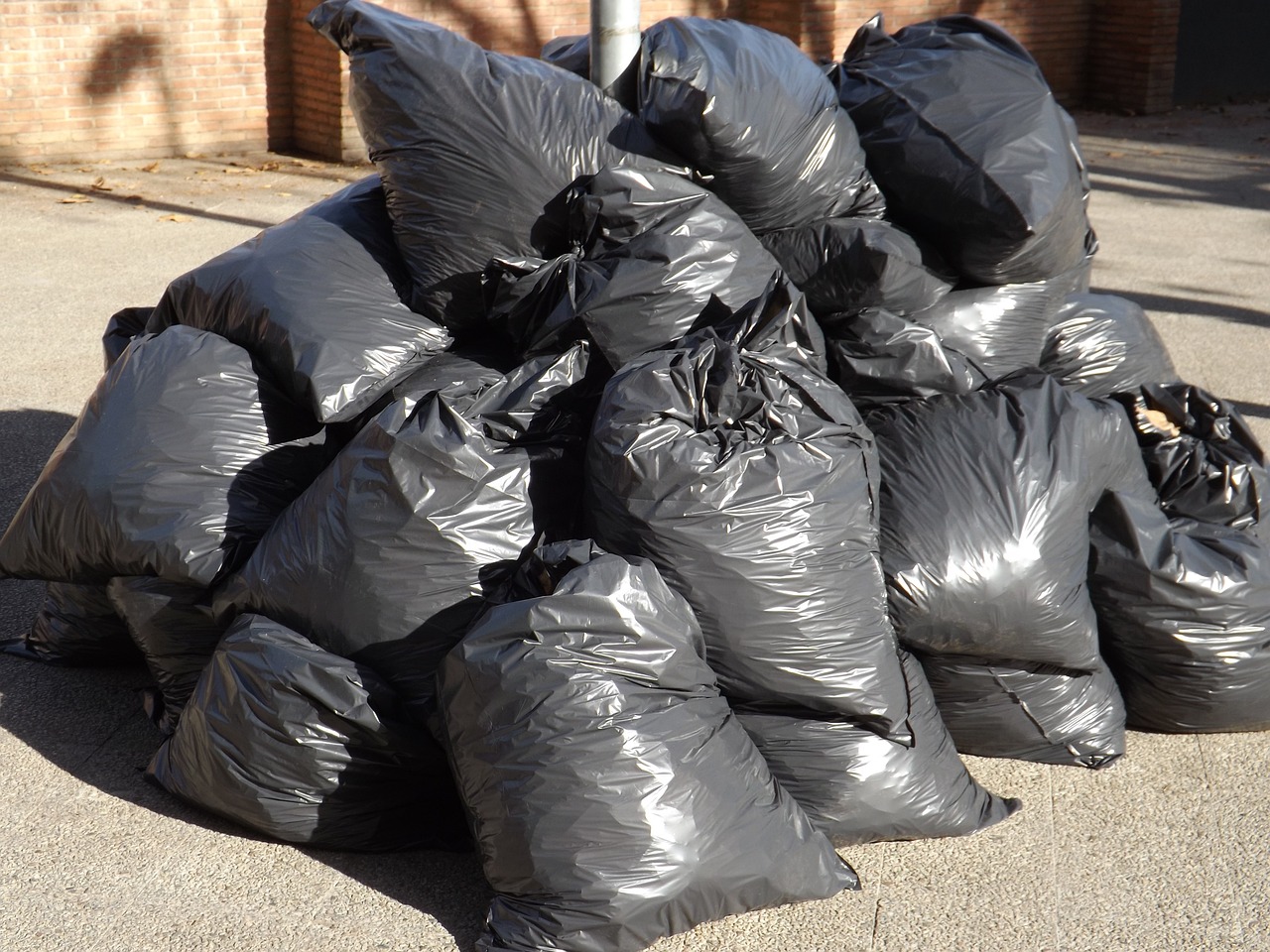
Local Legislation and Regulations
When it comes to managing pet waste, local legislation and regulations play a pivotal role in shaping community practices. Many municipalities have recognized the environmental hazards posed by pet waste, leading to the enactment of various laws aimed at mitigating its impact. These regulations can range from simple mandates requiring pet owners to clean up after their pets in public spaces to more comprehensive policies that include penalties for non-compliance.
For instance, some cities have introduced mandatory pet waste disposal laws, which require pet owners to carry waste bags during walks and dispose of waste in designated bins. These laws not only promote responsible pet ownership but also foster a sense of community responsibility. In fact, communities that enforce such regulations often see a significant decrease in the amount of pet waste left on sidewalks and parks.
Moreover, local governments may implement educational programs to inform pet owners about the environmental consequences of improper waste disposal. These programs often include workshops, flyers, and even social media campaigns that emphasize the importance of responsible pet ownership. The goal is to create a culture of awareness and accountability among pet owners, ultimately leading to cleaner and healthier environments.
To give you a clearer picture, here’s a table that outlines some common local regulations regarding pet waste management:
| Regulation Type | Description | Example |
|---|---|---|
| Mandatory Cleanup | Pet owners must clean up after their pets in public areas. | Fine for leaving waste in parks. |
| Designated Disposal Areas | Specific locations for disposing of pet waste. | Pet waste bins in parks. |
| Education Programs | Initiatives to inform pet owners about waste management. | Workshops on the impact of pet waste. |
However, simply having regulations in place is not enough. Enforcement is equally critical. Local authorities often face challenges in monitoring compliance, which can lead to gaps in effectiveness. To combat this, some communities have employed community patrols or volunteer groups that help monitor public spaces and educate pet owners about the rules. This collaborative approach not only enhances compliance but also fosters a sense of community pride and responsibility.
In conclusion, local legislation and regulations regarding pet waste management are essential for protecting the environment and public health. By promoting responsible pet ownership and providing educational resources, communities can significantly reduce the negative impacts of pet waste. As pet owners, it’s our responsibility to stay informed about these regulations and actively participate in keeping our neighborhoods clean and safe.
- What should I do if I see someone not cleaning up after their pet? You can politely remind them of the local regulations or report the issue to local authorities if necessary.
- Are there any fines for not disposing of pet waste properly? Yes, many municipalities impose fines for failing to clean up after pets in public areas.
- How can I find out about local pet waste regulations? Check your city or town's official website or contact your local government office for information.
Frequently Asked Questions
- What are the environmental impacts of pet waste?
Pet waste can lead to pollution in our water sources, harm local wildlife, and disrupt ecosystems. When left untreated, it can contaminate rivers and streams, affecting not only aquatic life but also the quality of drinking water.
- How does pet waste affect water quality?
Pet waste runoff can introduce harmful pathogens and nutrients into water bodies. This can lead to algal blooms, which deplete oxygen levels and create dead zones, making it difficult for fish and other aquatic organisms to survive.
- What health risks are associated with pet waste?
Pet waste can harbor various pathogens, including bacteria and parasites, which can pose serious health risks to humans and wildlife. Diseases such as leptospirosis and roundworm can be transmitted through contact with contaminated areas.
- How can pet owners manage waste responsibly?
Pet owners can minimize their environmental impact by cleaning up after their pets immediately, using biodegradable bags, and disposing of waste in designated areas. Composting pet waste is also an option, provided it’s done correctly.
- Are there community initiatives to address pet waste issues?
Yes! Many communities have launched programs to promote responsible pet waste disposal. These initiatives often include public awareness campaigns, installation of pet waste stations, and local legislation aimed at reducing pollution.
- What role do public awareness campaigns play?
Public awareness campaigns educate pet owners about the environmental impacts of pet waste and encourage responsible disposal practices. They can significantly change behaviors and improve community health and cleanliness.
- What local regulations exist for pet waste management?
Local governments may implement regulations that require pet owners to clean up after their pets in public spaces. Fines can be imposed for non-compliance, which helps promote a cleaner environment for everyone.



















